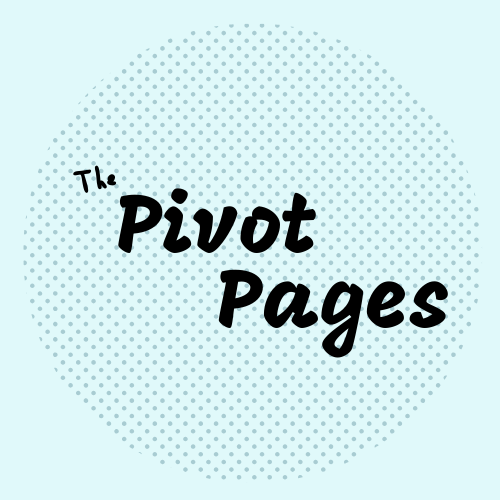Beautiful formatting of code? AI’s got that down.
Perfectly memorized regex syntax? Nice to have, but totally unnecessary with AI.
Looking at an AI-generated analysis and noticing the window function is doing a running average where it doesn’t make sense? Highly valuable.
While interviewing dozens of candidates for a data analyst role, I thought a lot about what strengths are most important to succeeding in this role in 2025. Given all the AI tools available, the candidates who really stood out were the ones with the strongest skills at aligning analysis to business context. With so many people on the job market right now and concerns about AI disrupting the labor market, I’ve seen relatively little tactical advice on how to navigate this shift to more AI-driven data work and focus on building the right skills for the future. Here’s my advice on how to build your skills at aligning data projects to business goals.
What is “business context”?
This is the motivating question behind the analysis you perform. A great way to make sure you understand the business context is to ask: if you didn’t do this analysis, what action would the business take? What might change about that action based on different possible results of your analysis? If you can’t pinpoint anything that would change, figure out how to work on a more relevant and valuable question.
Understanding business context has always been crucial in data analysis, but now it’s even more important because AI has upended the workflow of typical analytics teams. Here’s how:
Previous workflow: Identify the business question → data team conducts a preliminary analysis → get feedback from relevant teams or customers → data team revises the analysis → teams put it to use!
Workflow with AI: Anyone on the team can conduct an analysis using AI → puts it into use right away → may not have the technical background to confirm exactly what it generated or to understand why any errors or inconsistencies are occurring → asks data team for help fixing it.
AI-generated analysis can lead teams (or analysts) to get shiny-object syndrome. They may chase down rabbit holes with AI-generated analyses that look impressive but don’t actually answer their core business questions. A cool visualization of the sales forecast for the rest of the year might look awesome, but if no one looks under the hood to see that it’s assuming a steady growth rate from the past two quarters and you know that doesn’t make sense because of team turnover, that analysis isn’t going to be useful until it factors in that context. To provide value to the company as an analyst, it’s essential that you’re able to draw the connections between the insights your colleague wants, what the AI generated, what you know about the data and business goals, and make any adjustments to align them.
How to build this skill
As an exercise, write down (without AI assistance) how each query or analysis supports a key company objective (e.g. revenue, customer retention, etc.). This exercise will quickly show you three things:
Do you know the company goals well enough to be able to quickly connect them to each piece of your work? If not, get familiar with them right away.
Do you have a strategy for figuring out exactly how a given analysis project connects to a company goal? There are many frameworks to help navigate this. A good one to start practicing is The 5 Whys, which goes something like this: “Why are we doing this analysis of customer renewal rates?” “Because the sales leader requested it.” “Why?” “Because she wants to understand what percentage of our revenue we can expect to renew next year.” “Why?” “Hmm, probably because she’s working on calibrating the next round of sales goals, but I should ask her to see if that’s right.”
Do you have the skills to make adjustments to your work to more closely align it to the goals, and to identify areas where analysis could add additional value? You can achieve this with a combination of technical skills and effective prompting of AI.
Afterward, try prompting AI with the company goals and a description of your analysis, to see how it would describe the link between the two. Consider any differences from your answers above: did the AI miss any connections you made? Did it generate any that you did not? If any part of the analysis is still not easy to link to a company goal, that’s a great opportunity to bring it to your manager or leadership a proposal for how to improve it and provide more value to the team.
Hone in on what sets you apart from an AI tool
What sets you apart from AI isn't your ability to write perfect queries or create beautiful visualizations. It's your ability to ask whether an analysis is answering the right question. If it's not, what's a better question we could be asking to help the business move forward? This is the skill that stood out most in successful candidates during our interviews, and will be increasingly valuable as AI tools become more sophisticated.
You just read issue #5 of The Pivot Pages. You can also browse the full archives of this newsletter.
